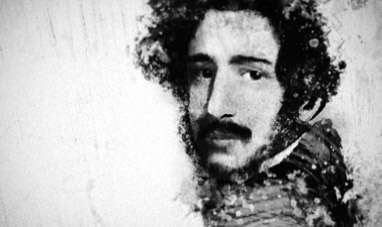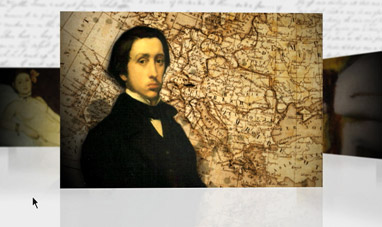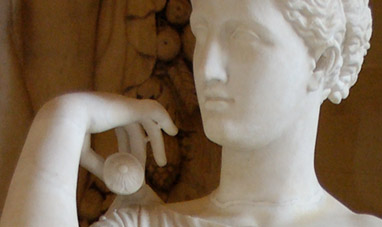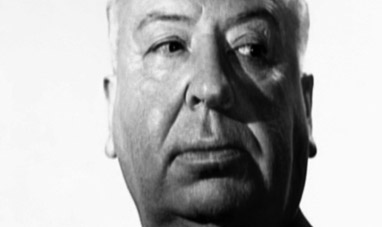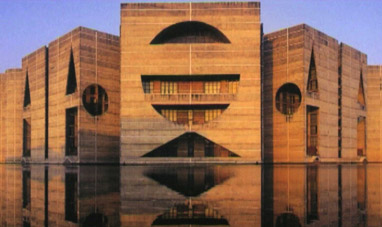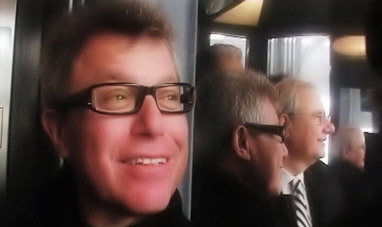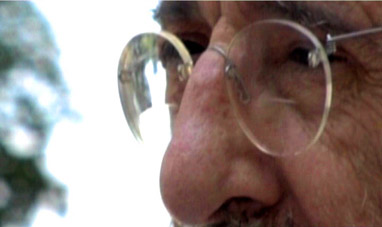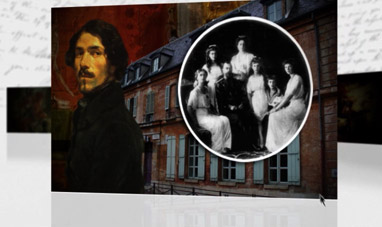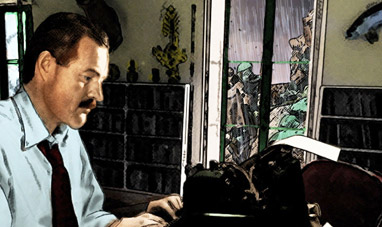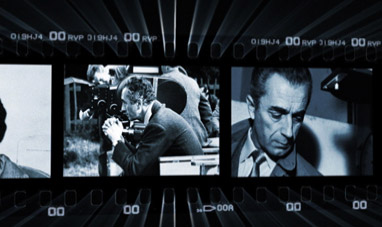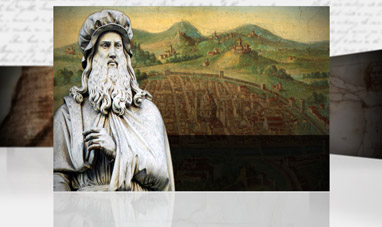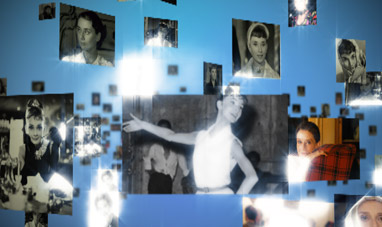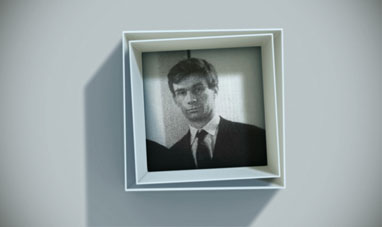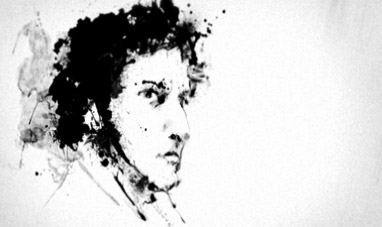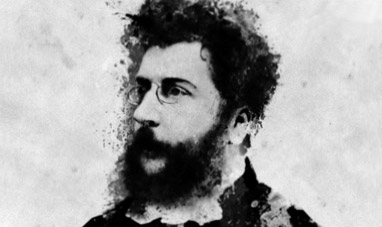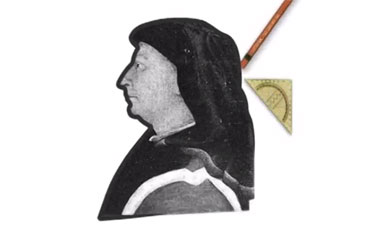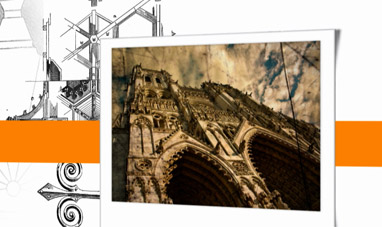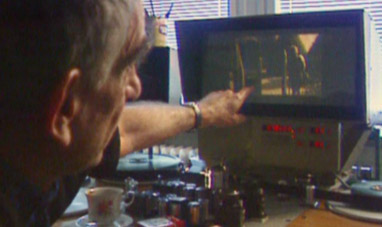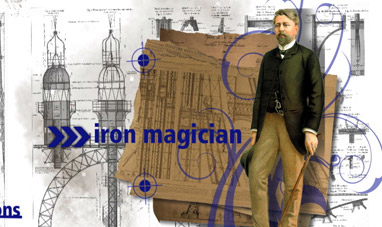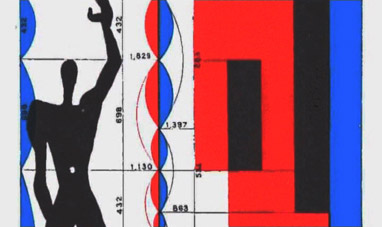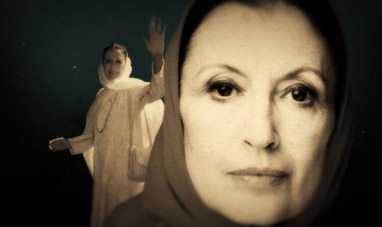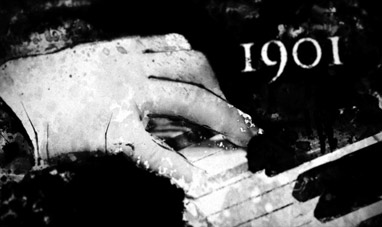French painter Gustave Courbet was one of the principal leaders of the 19th-century Realist movement. He was born in Ornans, France, on June 10, 1819 into a wealthy landowner family. During high school, he demonstrated considerable artistic talent, and decided against his father’s wishes to dedicate himself to painting. He moved to Paris when he was 20, after having attended the Accademia di Besançon. In the French capital Courbet took art courses and studied masterpieces at the Louvre, concentrating on the masters of the 1600s. He exhibited a few early works that demonstrated his talent for rendering the contrast between light and shadow.
Courbet’s life and art reached a turning point in 1848. In February, France’s economic difficulties caused the country to collapse. A popular insurrection erupted in Paris, followed by a bloody repression. After witnessing these events, Courbet conceived the idea of creating art that represented the social reality of his time. He made huge paintings of humble subjects who were traditionally excluded from artwork, depicting laborers and peasants at work, or in common, everyday moments. His painting The Stone-Breakers, painted in 1849, is a perfect example. In 1855 Courbet exhibited his most famous works in the Pavilion of Realism, a location he designed himself. He published a text for the occasion in which he explained his artistic choices, declaring that he wanted to create artwork that was alive, contemporary, and a real expression of its times.
Courbet’s realism contrasted with the traditional canons prevailing at the end of 1800s. Most critics rejected his paintings, calling them vulgar and raw. But Courbet also had many fans, some of whom are portrayed in The Artist’s Studio [1855]. On this large, symbolic canvas, Courbet reconstructs the world revolving around his artwork. In the middle, he portrayed himself painting. To the left, the simple people to whom he dedicated a large portion of his works. On the right he depicted the intellectuals who supported him, like Charles Baudelaire and the philosopher Pierre-Joseph Proudhon. Courbet’s interest in politics wasn’t limited only to his painting. In 1870, the artist took part in an insurrection that gave rise to the Paris Commune, a popular government in which Courbet was a delegate for the arts. After the Commune failed, Courbet was forced to spend six months in prison. Upon his release, he moved to Switzerland where he spent the rest of his life painting in solitude. The French government accused him of having knocked down the Vendôme Column, a symbolic monument from the Napoleonic empire, and confiscated all his possessions. Courbet died in Switzerland in La Tour de Peilz on December 31, 1877. He was 58.
Courbet’s life and art reached a turning point in 1848. In February, France’s economic difficulties caused the country to collapse. A popular insurrection erupted in Paris, followed by a bloody repression. After witnessing these events, Courbet conceived the idea of creating art that represented the social reality of his time. He made huge paintings of humble subjects who were traditionally excluded from artwork, depicting laborers and peasants at work, or in common, everyday moments. His painting The Stone-Breakers, painted in 1849, is a perfect example. In 1855 Courbet exhibited his most famous works in the Pavilion of Realism, a location he designed himself. He published a text for the occasion in which he explained his artistic choices, declaring that he wanted to create artwork that was alive, contemporary, and a real expression of its times.
Courbet’s realism contrasted with the traditional canons prevailing at the end of 1800s. Most critics rejected his paintings, calling them vulgar and raw. But Courbet also had many fans, some of whom are portrayed in The Artist’s Studio [1855]. On this large, symbolic canvas, Courbet reconstructs the world revolving around his artwork. In the middle, he portrayed himself painting. To the left, the simple people to whom he dedicated a large portion of his works. On the right he depicted the intellectuals who supported him, like Charles Baudelaire and the philosopher Pierre-Joseph Proudhon. Courbet’s interest in politics wasn’t limited only to his painting. In 1870, the artist took part in an insurrection that gave rise to the Paris Commune, a popular government in which Courbet was a delegate for the arts. After the Commune failed, Courbet was forced to spend six months in prison. Upon his release, he moved to Switzerland where he spent the rest of his life painting in solitude. The French government accused him of having knocked down the Vendôme Column, a symbolic monument from the Napoleonic empire, and confiscated all his possessions. Courbet died in Switzerland in La Tour de Peilz on December 31, 1877. He was 58.



